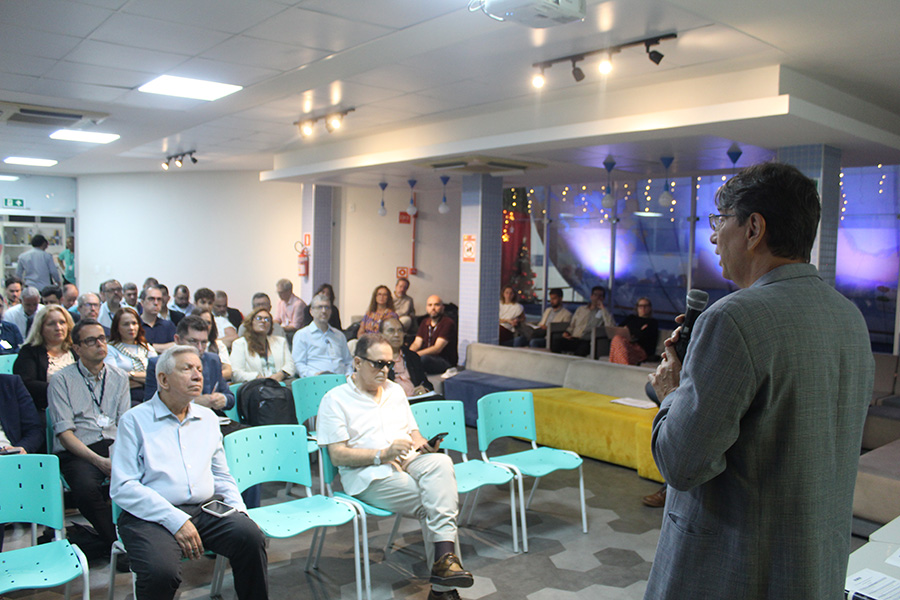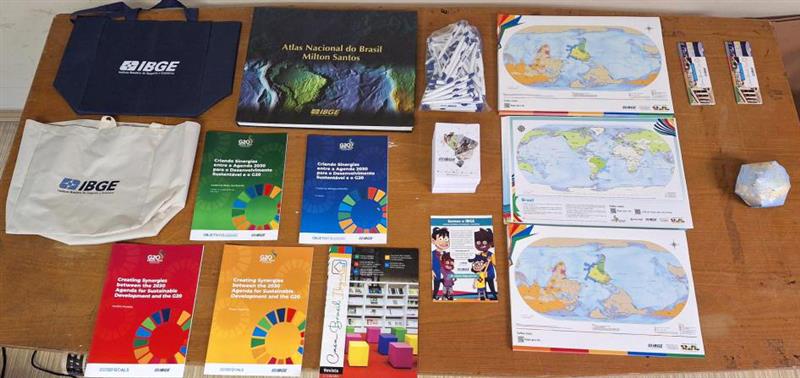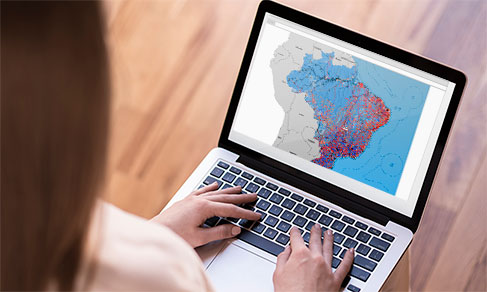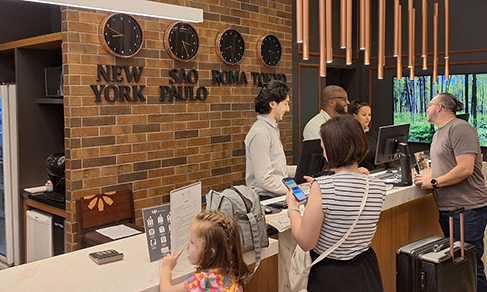Dia Internacional de Proteção de Dados
Know how individual information becomes public statistics at IBGE
January 28, 2019 10h00 AM | Last Updated: January 28, 2019 12h15 PM

The Data Protection Day is celebrated this Monday (28). It was established by the Council of Europe and European Commission in 2006 to remind the right to security and confidentiality in the collection and use of citizens´ information, like age, gender, income, color or race. The protection of the data and its confidentiality in Brazil are a commitment of the IBGE since its foundation, 82 years ago, and are guaranteed by law and by the Fundamental Principles of Official Statistics of the United Nations.
Several procedures are used to keep these data confidential, and the first part of the production of the statistics counts on the cooperation of the population and entities that provide information to the Institute´s researchers. According to Andrea Bastos, IBGE´s deputy director of Surveys, it is important that the persons trust and believe in the institution in order to cooperate. "we are deeply concerned for the confidentiality, since we will not be able to produce information without this", says her.
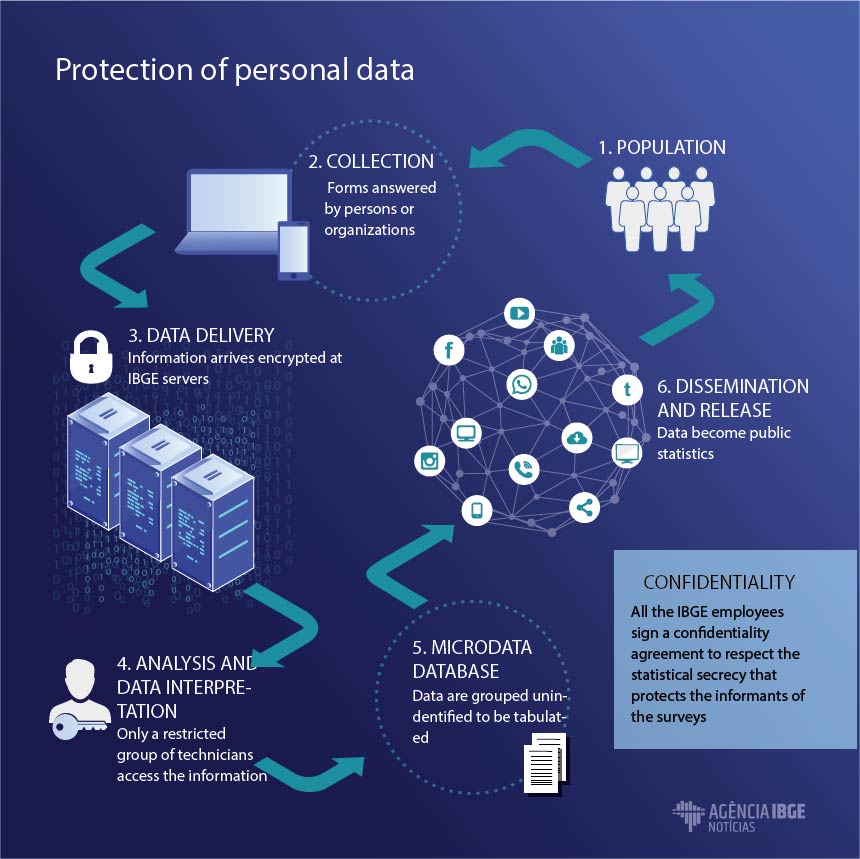
All the employees of the Institute sign a confidentiality agreement, in which they commit to keep confidential every individual information they have access. Those who collect data on the streets receive a special training and a booklet with security guidelines to be used during the approach with informants. Data can be collected in several ways, like on-site visits of an employee identified with a IBGE badge, through Internet forms or through phone calls from the call center.
The data of each interview are registered in a form with a restricted access from an electronic collector, the data collection device. Even an unexpected loss or theft of the device does not cause any risk of accessing its contents, as it is programmed to transmit information only to the IBGE. This information is encrypted when they flow through the Internet, preventing the access of potential invaders.
Technology allied with information security and cost reduction
Cimar Azeredo, IBGE´s coordinator of Labor and Income, is responsible for the Continuous National Household Sample Survey - Continuous PNAD, which visits about 211 thousand houses per quarter in Brazil. He points out that the use of technology in the surveys helps to eliminate the risk of losing confidentiality and provides a cost economy, since huge volumes of printing and huge warehouses were need to store and control the information.
After being automatically revised and checked by technicians to pinpoint potential failures in the collection, the individual data are aggregated in a second database in order to be tabulated as statistical figures. During this process each answer informed loses the linkage with the original person or entity and becomes an additional figure. "The individual is used in statistics to provide a notion of the group behavior. We need to translate what the persons inform us into a classification plan, in order to handle the information", explains José Bevilaqua, IBGE´s director of IT.
From this step on, the identity of the informants, like name and address, is encrypted even for IBGE technicians, comprising an anonymous database, the microdata. For household surveys like the Population Census and Continuous PNAD, this database is made available for the public, though only experts in statistics have tools and knowledge to use it. In the case of economic surveys, answered by enterprises, Bastos explains that the microdata are only made available for previously authorized researchers. The approved researchers are allowed to access the Restricted Data Room, where no communication media, pen drive or bag is allowed. According to the deputy director of Surveys, they leave there only with statistical tables or selected samples.
The statistical data are then crossed and analyzed, aiming at producing relevant knowledge about the Brazilian reality. The information completes the cycle, being released to the public by mean of texts, tables and infographs, through a number of products that comprise the result of the surveys. Among them, the official publication, the release for the press, and news disseminated in the official communication channels of the Institute.



